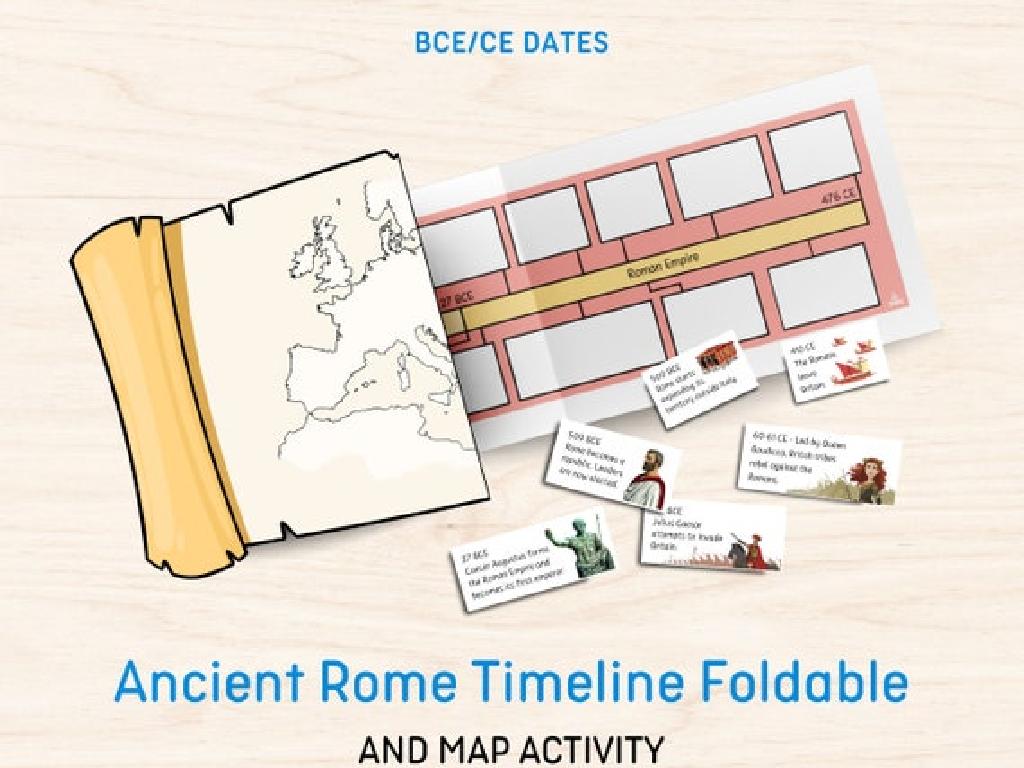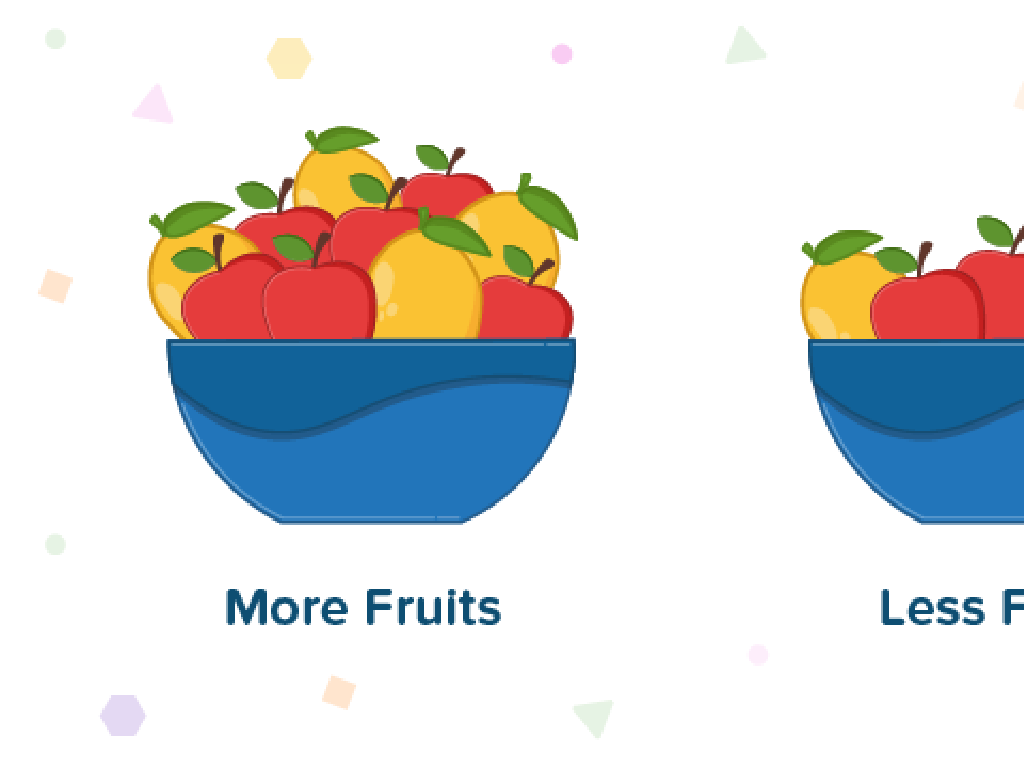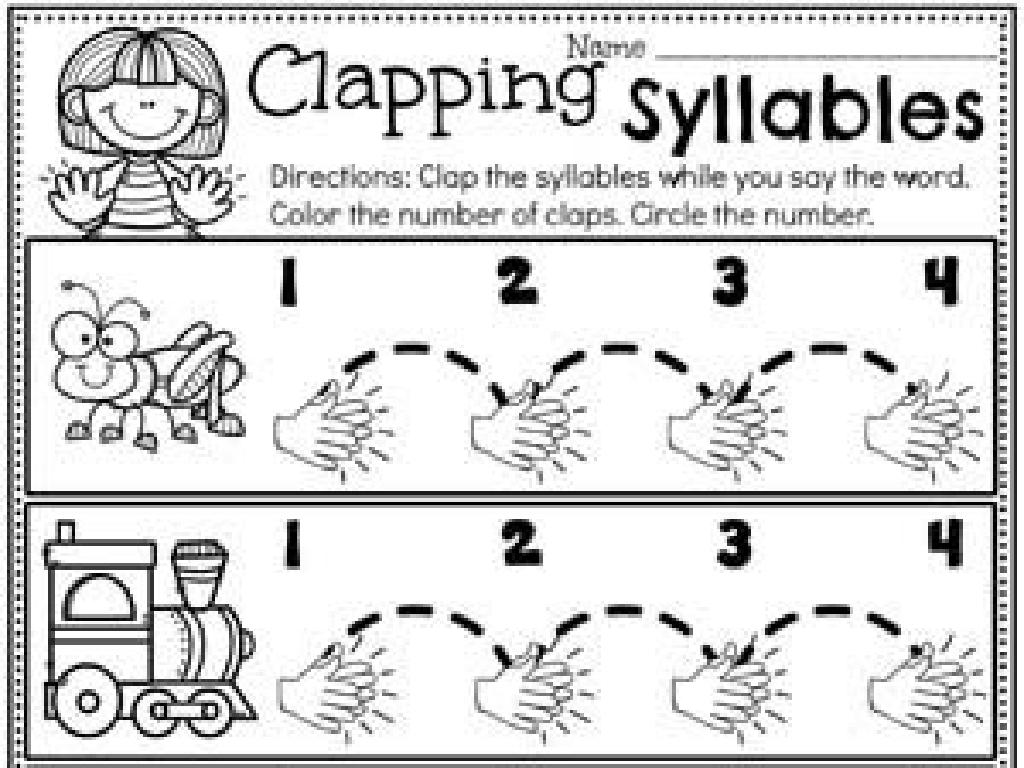Analyze Passages From Narrative Of The Life Of Frederick Douglass: Part 2
Subject: Language arts
Grade: Seventh grade
Topic: Nonfiction Book Study
Please LOG IN to download the presentation. Access is available to registered users only.
View More Content
Analyzing ‘Narrative of the Life of Frederick Douglass: Part 2’
– Nonfiction literature introduction
– Focus: Frederick Douglass’s narrative
– A firsthand account of Douglass’s life as a slave and his journey to freedom
– Explore context and themes
– Context: 19th-century America, Themes: Freedom, Human Rights, Education
– Examine literary devices used
– Look for metaphors, imagery, and repetition to understand deeper meanings
|
Today’s lesson will delve into the genre of nonfiction through the examination of Frederick Douglass’s autobiography. Students will learn to understand the historical context of the narrative set in 19th-century America and identify key themes such as the quest for freedom, the importance of human rights, and the power of education. Additionally, students will analyze the use of literary devices like metaphors, imagery, and repetition, which Douglass employs to convey his experiences and emotions. Encourage students to think critically about how these elements contribute to the impact of the narrative on the reader. The goal is for students to gain insight into interpreting nonfiction texts and appreciating their significance in literature and history.
Understanding Frederick Douglass
– Frederick Douglass’s life journey
– Born into slavery, became a leading abolitionist
– Historical backdrop of his narrative
– 19th-century America, a time of intense struggle over slavery
– Significance in literature and history
– His narrative is a key anti-slavery work, influencing thought and policy
– Douglass’s impact on society
– His writings continue to inspire and teach the value of freedom and equality
|
Frederick Douglass was an escaped slave who became a prominent activist, author, and public speaker. He was a leader in the abolitionist movement, which sought to end the practice of slavery, before and during the Civil War. His narrative provides a first-hand account of the horrors of slavery and played a crucial role in changing public opinion. It’s important to place his work in the historical context of pre-Civil War America to understand the magnitude of his contribution to American literature and history. Douglass’s work is not only a testament to his own strength and intelligence but also serves as a powerful tool for understanding the past and inspiring future generations to value and fight for human rights.
Exploring Themes in Frederick Douglass’s Narrative
– Major themes: Freedom, Education, Slavery
– Themes reflect Douglass’s journey and societal issues.
– Douglass’s approach to themes
– Douglass uses personal experiences to discuss the impact of these themes.
– Textual evidence of themes
– ‘…slavery proved as injurious to her as it did to me.’ – shows the dehumanizing effect of slavery.
– Analyzing theme significance
– Understand how themes interconnect and their relevance today.
|
This slide aims to guide students through the process of identifying and analyzing the major themes in ‘Narrative of the Life of Frederick Douglass.’ Students should recognize how Douglass’s experiences shape his discussion on freedom, education, and slavery. Encourage them to find examples in the text where Douglass explicitly addresses these themes, such as his quest for literacy as a path to freedom. Discuss the importance of each theme and how they contribute to the overall message of the narrative. The goal is for students to connect these themes to the broader context of American history and the ongoing struggle for equality and justice.
Exploring Literary Devices in Frederick Douglass’s Narrative
– Understanding metaphors, similes, personification
– Metaphors and similes create vivid imagery, while personification gives life to inanimate objects.
– Douglass’s use of literary devices
– Analyze Douglass’s skill in using these devices to convey his experiences and emotions.
– Group activity: Identify devices in passages
– Each group will find examples of these devices in the book.
– Discuss the impact of these devices
– Reflect on how these devices affect our understanding of the text.
|
This slide introduces students to the literary devices of metaphor, simile, and personification, setting the stage for an in-depth analysis of their use in ‘Narrative of the Life of Frederick Douglass.’ Students will explore how Douglass employs these devices to add depth and emotion to his narrative, enhancing the reader’s experience. The group activity encourages collaborative learning, with students working together to locate and discuss instances of these literary devices within the text. This exercise not only reinforces their understanding of the devices but also fosters critical thinking about the author’s purpose and the impact on the audience. Provide guidance on how to approach the text and facilitate discussions that allow students to articulate their interpretations and insights.
Analyzing Key Passages from Frederick Douglass
– Read aloud from Douglass’s narrative
– Select important excerpts to read together in class
– Discuss Douglass’s message
– What themes or messages are present in Douglass’s writing?
– Reflect on personal feelings
– Consider the emotional impact of the narrative on you
– Understand historical context
– Place Douglass’s experiences in the context of American history
|
This slide is aimed at engaging students in a deep analysis of Frederick Douglass’s autobiography. By reading selected passages aloud, students will gain a better understanding of the text and Douglass’s experiences. The class discussion should focus on identifying Douglass’s purpose in writing and the themes he addresses, such as freedom, human rights, and the power of literacy. Individual reflection will allow students to connect personally with the material and consider its relevance to their own lives. It’s also crucial to discuss the historical context of Douglass’s life to fully appreciate the significance of his work. Teachers should facilitate an environment where students feel comfortable sharing their thoughts and feelings.
Connecting History to Today: Frederick Douglass
– Relevance of Douglass’s experiences
– Compare past events with current issues
– Applying Douglass’s lessons
– Use Douglass’s struggles and triumphs as guidance
– Class debate on Douglass’s vision
– Debate: Is Douglass’s dream of equality a reality now?
– Reflect on today’s society
– Encourage critical thinking about progress
|
This slide aims to bridge the gap between Frederick Douglass’s historical context and the present day. Students should discuss how the challenges Douglass faced are still relevant and reflect on current events that may parallel his experiences. Encourage them to think about how the lessons from Douglass’s life can be applied to their own lives, promoting empathy and understanding. The class debate should focus on whether Douglass’s aspirations for equality have been achieved, fostering a discussion that requires critical thinking and engagement with both history and modern society. This activity will help students develop their analytical and debate skills while considering the impact of historical figures on contemporary issues.
Role-Playing: Exploring Perspectives in Frederick Douglass’s Narrative
– Divide into groups for role-play
– Assign roles from Douglass’s narrative
– Reenact a scene from the book
– Discuss insights after sharing
– Reflect on how role-playing enhances understanding of character motives and emotions
|
This class activity is designed to deepen students’ understanding of ‘Narrative of the Life of Frederick Douglass’ through interactive role-playing. By stepping into the shoes of different characters, students will explore various perspectives and emotions that are present in the narrative. Teachers should facilitate the division of students into small groups and assist them in selecting appropriate scenes and roles to reenact. After the reenactments, each group will share their scene with the class and discuss the insights they gained. Possible insights could include a deeper empathy for the characters, a better grasp of the historical context, or a new perspective on the events described. Teachers should encourage students to think critically about how the activity affected their interpretation of the text.
Reflection and Homework: Frederick Douglass’s Narrative
– Reflect on today’s lesson
– Consider what you’ve learned about Douglass
– Essay: Education’s impact on Douglass
– Explore how learning shaped his journey
– Relate to your own experience
– How has education influenced you?
– Read the next narrative part
– Be prepared to discuss in class
|
This slide aims to consolidate the students’ understanding of the day’s lesson and set expectations for their homework and preparation for the next class. Students should reflect on what they’ve learned about Frederick Douglass, particularly focusing on the themes of education and freedom in his life as depicted in his narrative. The homework involves writing a short essay that not only discusses the impact of education on Douglass’s life but also encourages students to introspect and write about the role education plays in their own lives. Additionally, students are expected to continue reading the narrative to ensure they are prepared for the next class. This exercise will help students develop critical thinking and personal reflection skills, as well as enhance their understanding of historical contexts.






